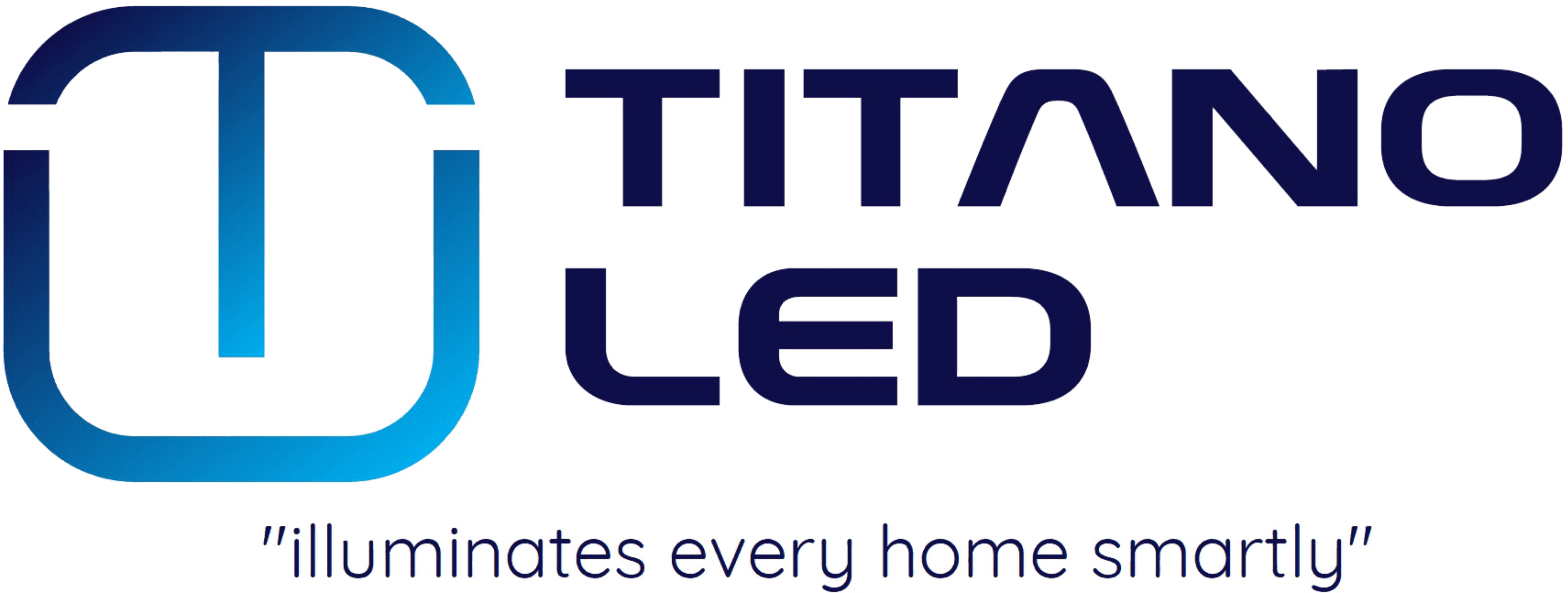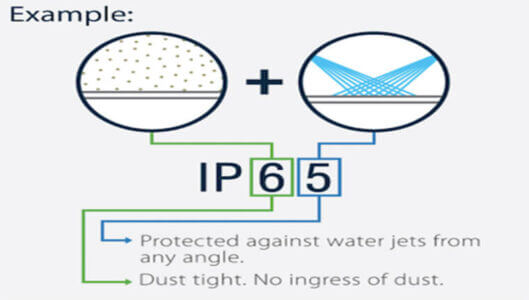When purchasing outdoor lighting equipment, you may see the term IP Rating appear.
This logo is an easy way to show how to protect a product from external influences.
What is IP Rating?
International protection signs assess the effectiveness of intrusions such as dust or water. The IP rating is a standard of the International Electrotechnical Commission ( IEC ). The degree of protection can ensure that the housing of the electrical product protects the working parts from water, dust or solid objects, thereby extending the life of the product and, more importantly, keeping the product safe. It applies to a wide range of products.
What does IP stand for?
IP is short for ” Ingress Protection”.
Each IP level is a two-digit number and each number in the number has a specific meaning:
The first number indicates the degree of protection against solids, including dust, dirt, debris and accidental contact.
The second number indicates the degree of protection against liquids, including water, chemicals, and any other liquids that may be present in the equipment environment.
Here is an introduction to the corresponding numbers for each level.
What does IPXX Stand For?
| IP | 2 | 3 |
| Ingress Protection | Solids The first digit in the IP rating stands for the level of protection against a solid object from a hand to dust. | Water The second digit in the IP rating stands for the level of protection against pure water from 1mm of rainfall to temporary immersion up to 1m |
Comparison and difference between IP65 rating and IP67 rating
If you’re doing an IP65 vs. IP67 comparison, you should know that both are high-grade rating that provides excellent protection, and both are suitable for outdoor applications. However, there are some key differences that can make a big difference in your specific application.
IP65-Waterproof. Water-resistant. “Protected against water jets from any angle” *Do NOT submerge IP65 LED lights, these are not waterproof.
IP67- Prevent complete immersion in water. Water-resistant plus. “Protected against the events of temporary submersion (10 minutes)”*Do NOT submerge IP67 LED lights for extended periods, these are not waterproof.
The main difference between IP65 and IP67 protection is that the liquids they provide enter the protection level:


The IP65-rated enclosure prevents low-pressure water jets from any direction, as well as condensation and water mist. It is suitable for most outdoor cabinets that will not encounter extreme weather such as flooding.
The IP67-rated enclosure provides stronger protection against liquid ingress. Enclosures with this rating even prevent temporary immersion to a depth of no more than one meter.
Which IP Rating do I need?
The answer to this question ultimately depends on the environment in which the luminaire is installed. If your light fixture will be attacked by dust, sand, debris or liquid, it is recommended that you choose a light fixture with a higher IP rating. To determine which IP level is right for your project, check the space where the fixtures are placed. For example, temperature-controlled areas such as office buildings and municipal buildings will not require high IP ratings. High- IP- Rated luminaires are used in outdoor locations because these locations are subject to large amounts of liquid and dust. Areas with a lot of people, such as sports fields and seaside areas, are not only places with a lot of people but also wet places.
Here, I imitate the choice of an IP rating for outdoor lighting.
Safety Lighting needs to be durable and protected. When looking at safety lighting, you should position your product at IP44 to IP68. If you want to place the safety light in a completely unobstructed area, we recommend using our LED Street Light, its protection rating is IP66, and it has dust and water spray protection.
In summary, the most important point is that before you buy an LED light, please check and verify its IP Rating. The IP Rating ensures that specific lights can be used without posing a risk to users.


